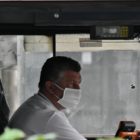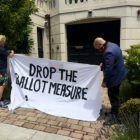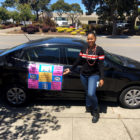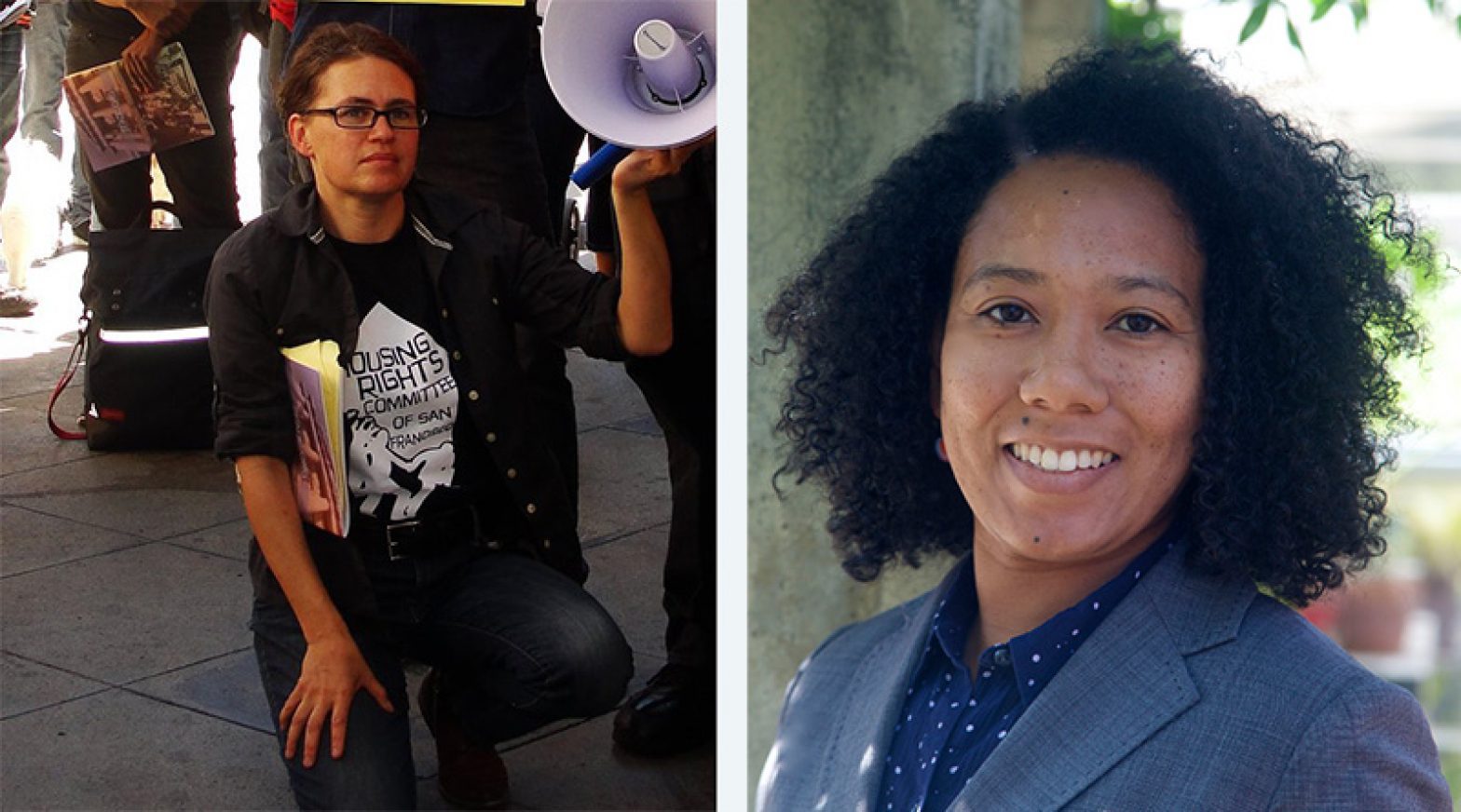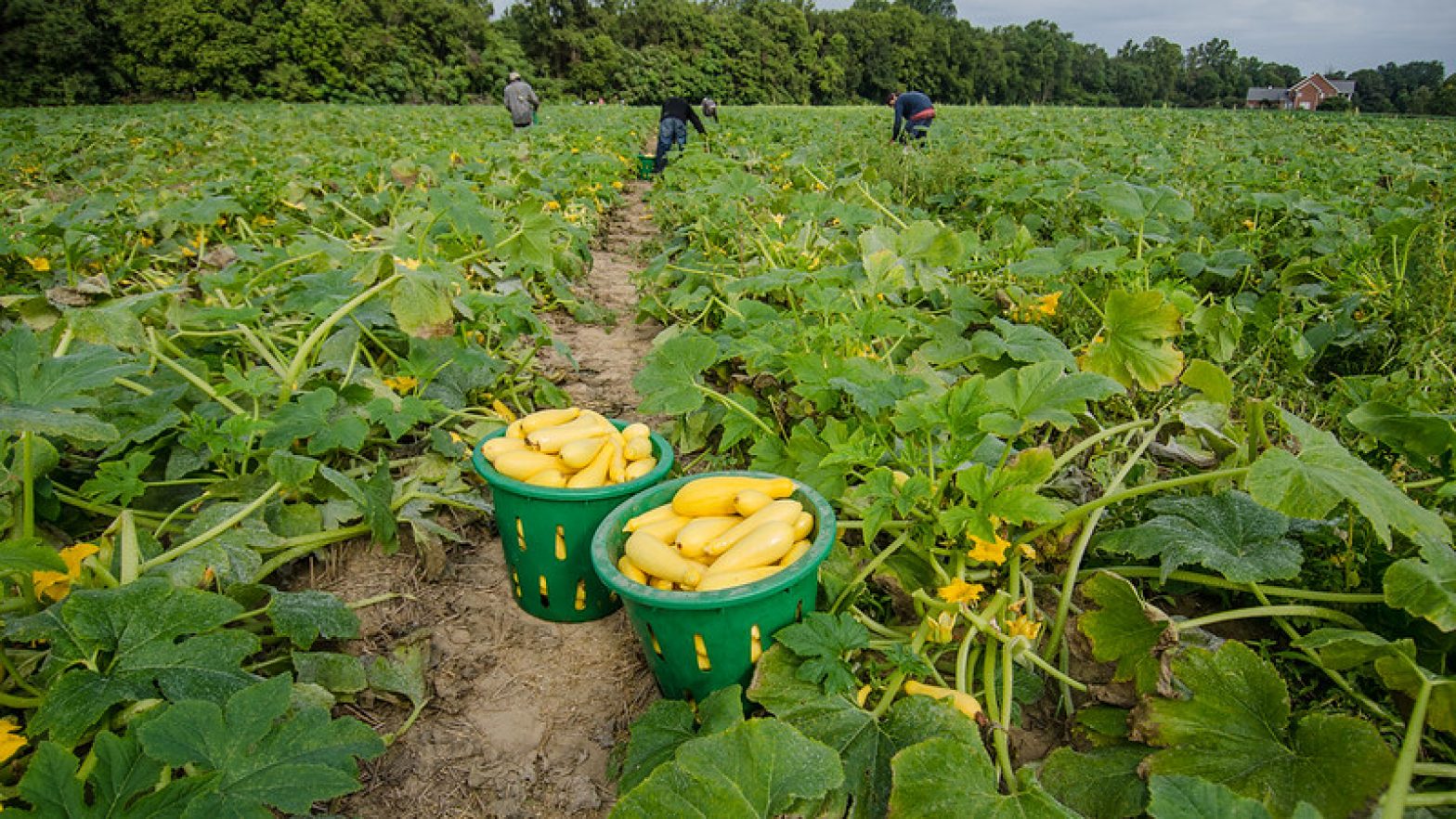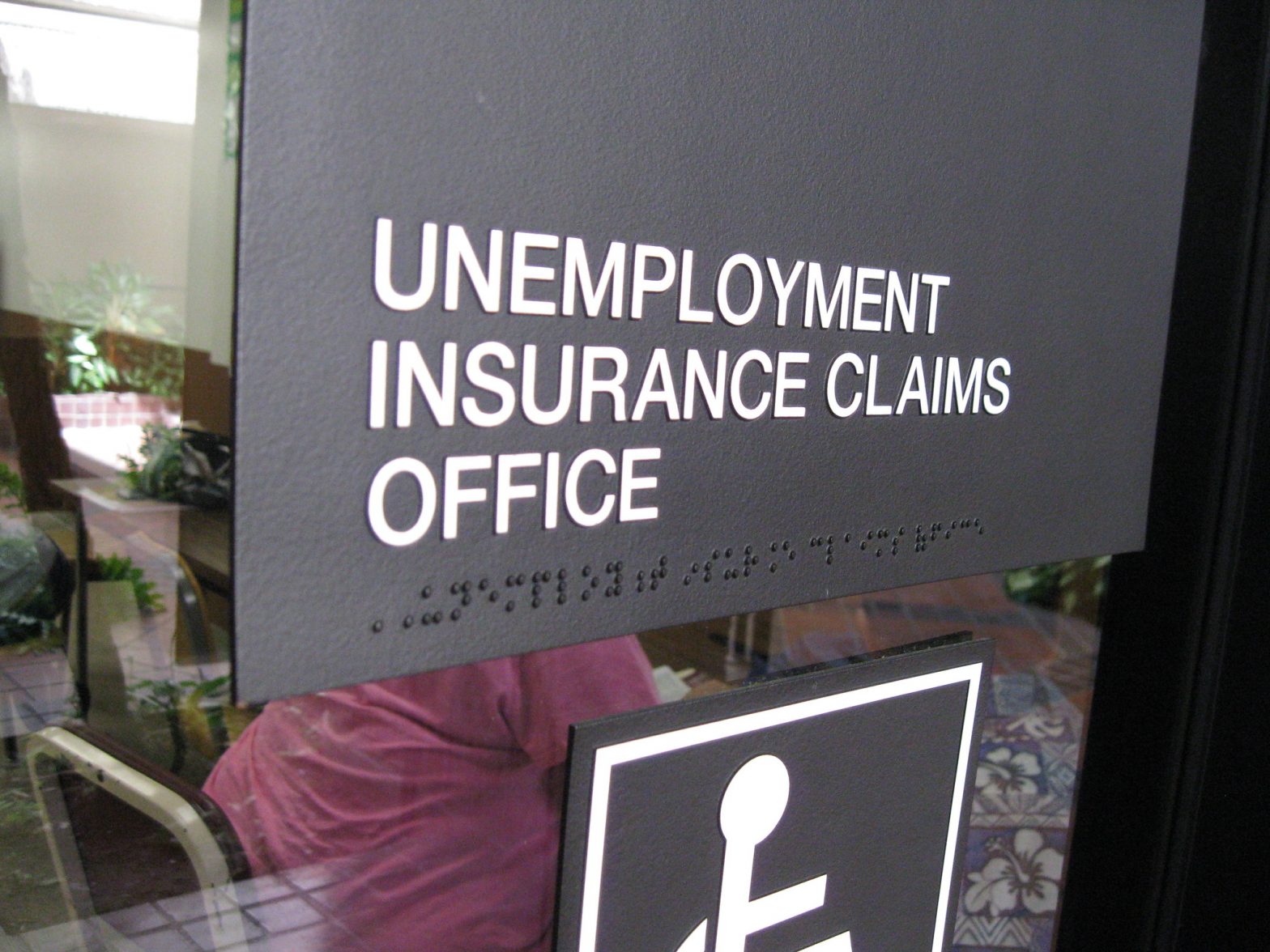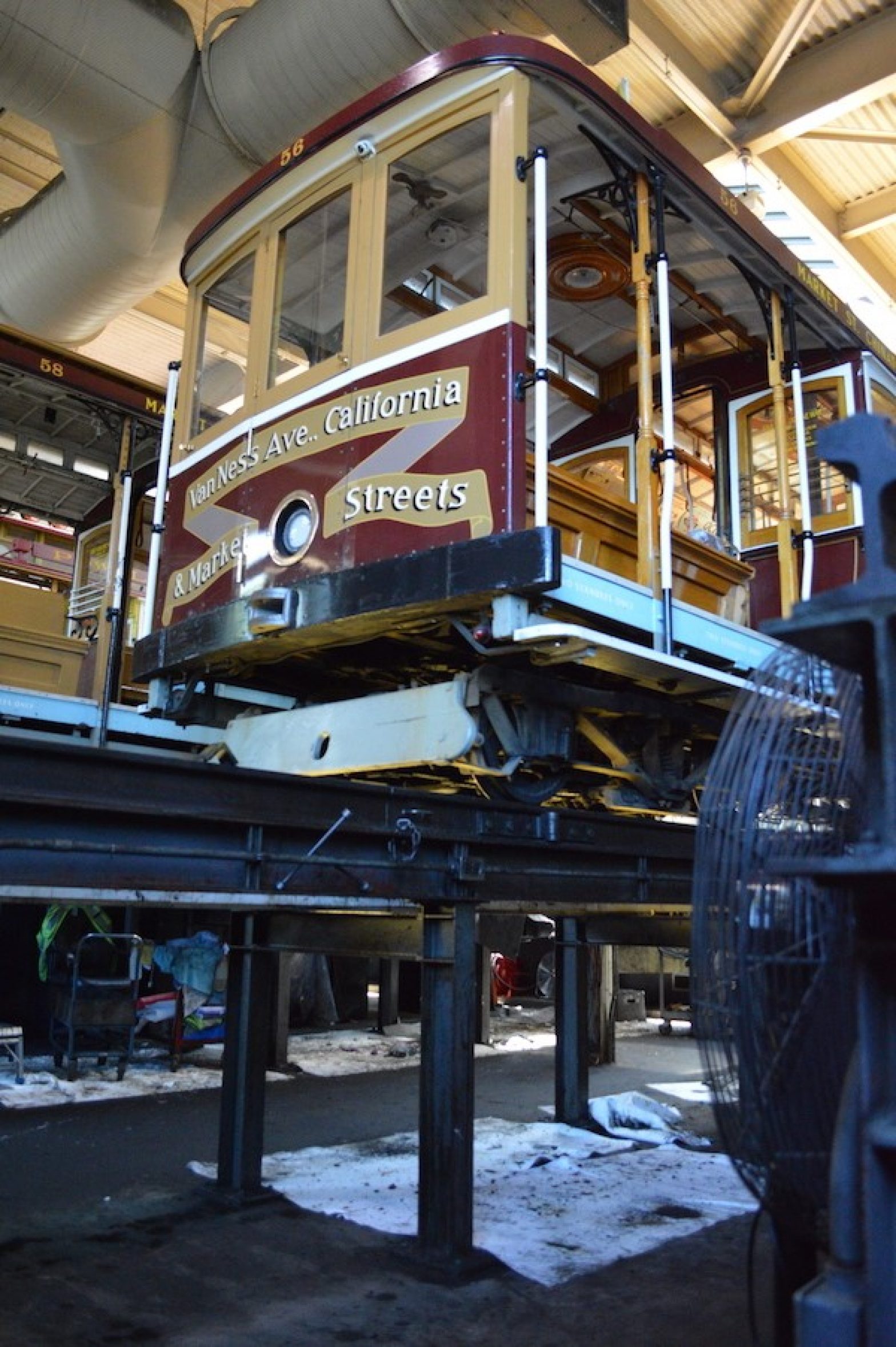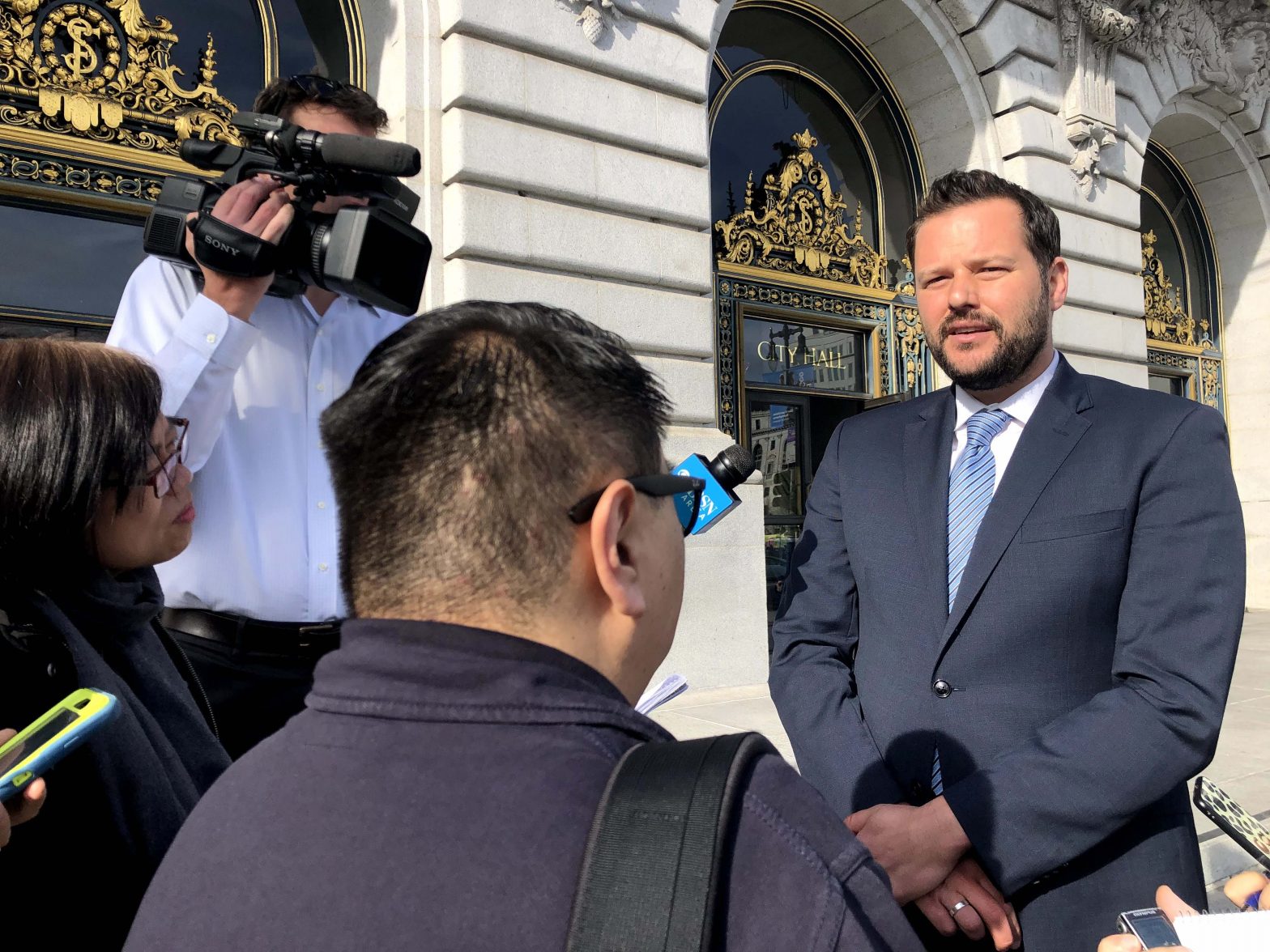“Civic” Podcast
Labor Advocates Say Inspector Shortage Jeopardizes Workplace Coronavirus Safety
As workers head back to their jobs, they are navigating the new workplace safety reality of operating in a global pandemic. Labor organizers say the protections against catching the novel coronavirus on the job are insufficient at many workplaces, and lack enforcement. They allege that California’s Division of Occupational Safety and Health, better known as Cal/OSHA, is critically short-staffed. Erika Monterroza, a spokesperson for Cal/OSHA, said in an email the staff shortage doesn’t keep the agency from meeting its mandate. “We believe that this agency is not doing what it should be doing.
